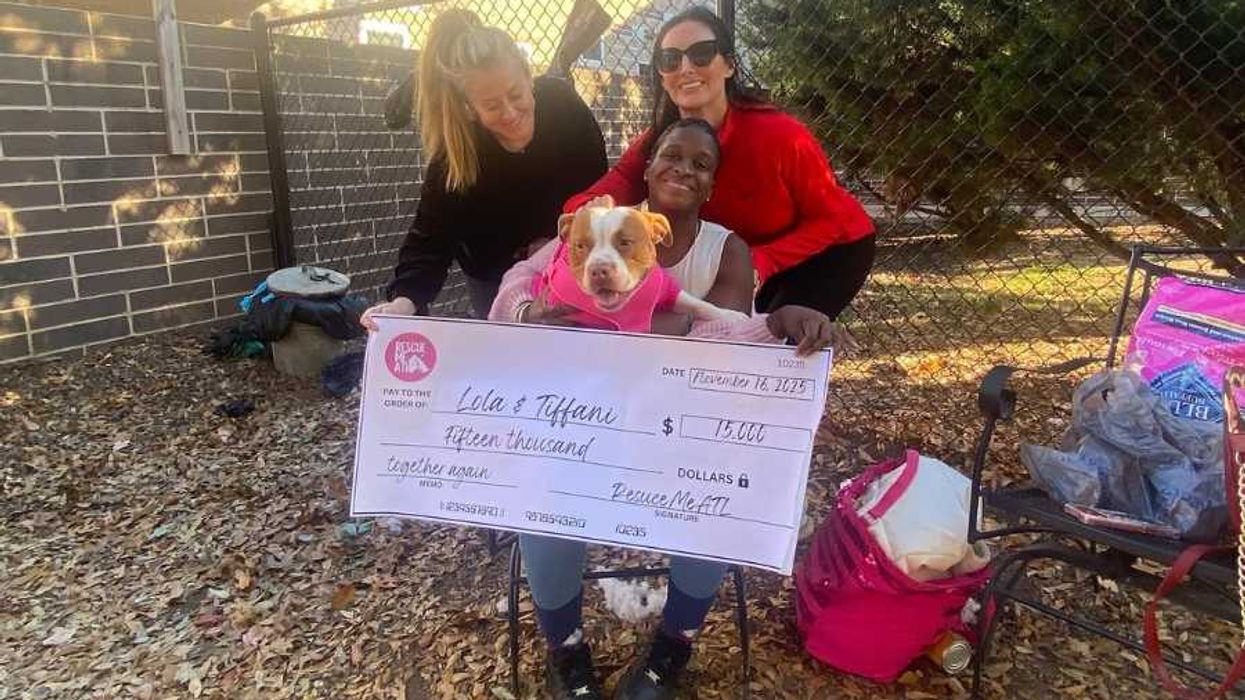Coral reefs support over 500 million people around the world—giving us food, tourism, a rich biological diversity, and defense from storms. But the corals that construct reefs get physically damaged and broken into pieces by fishing gear that scours the seafloor, severe weather, careless scuba divers, and boat anchoring. The coral can take months to decades to recover, particularly in waters deeper than 200 meters.
Some species of coral can survive this damage and re-grow as fragments. This ability allows humans to artificially propagate corals to restore reef habitats by coral 'gardening,' which effectively uses scuba divers to take healthy pieces of coral and transplant them back onto a reef. But speed is the key: the quicker the reef is re-built, the sooner the reefs can restore ocean health by attracting fish, tourists and provide coastal defense. Healthy reefs are also much better placed to persist with the increasing challenges of ocean warming, acidification and pollution.
Coral gardening by humans is time-consuming, restricted to small areas, and impossible in the deep sea because of human diving limits. Our project, Coralbots, advances the current state-of-the art by creating a team of autonomous underwater robots with artificial intelligence to repair coral reefs. Coralbots is a truly cross-disciplinary project based at Heriot-Watt University in Scotland and the Autonomous Undersea Institute in the U.S. The team has expertise in marine biology (Dr. Lea-Anne Henry), artificial intelligence (Prof. David Corne), computer vision (Dr. Neil Robertson) and autonomous underwater robotics (Prof. David Lane and Dr. Richard Blidberg).
Coralbots will work in symbiosis with humans, using swarm intelligence to control their behavior. Swarm intelligence explains how simple behaviours in a group of creatures leads to complex structures—like how termites build huge mounds. A team of four to eight coralbots equipped with cameras and arms visually searches the seafloor for pieces of coral or those grown in coral nurseries by humans. Working independently, each coralbot will pick up the coral and attach these to undamaged reef structures with marine epoxy. Like social insects, coralbots will leave visual markers for other coralbots telling the other robots not to pick it up again. As each coralbot does these tasks independently, reef restoration can continue while others are being recharged. Critically, this method of reef restoration ensures coralbots work continuously and across larger areas than humans working in areas that are heavily dependent on socioeconomic benefits of healthy reefs.
Please help support our Kickstarter campaign here.
Top coral reef image via Shutterstock; other images courtesy of Coralbots team.
This project will be featured in GOOD's Saturday series Push for Good—our guide to crowdfunding creative progress.
This project will be featured in GOOD's Saturday series Push for Good—our guide to crowdfunding creative progress.















 Otis knew before they did.
Otis knew before they did.